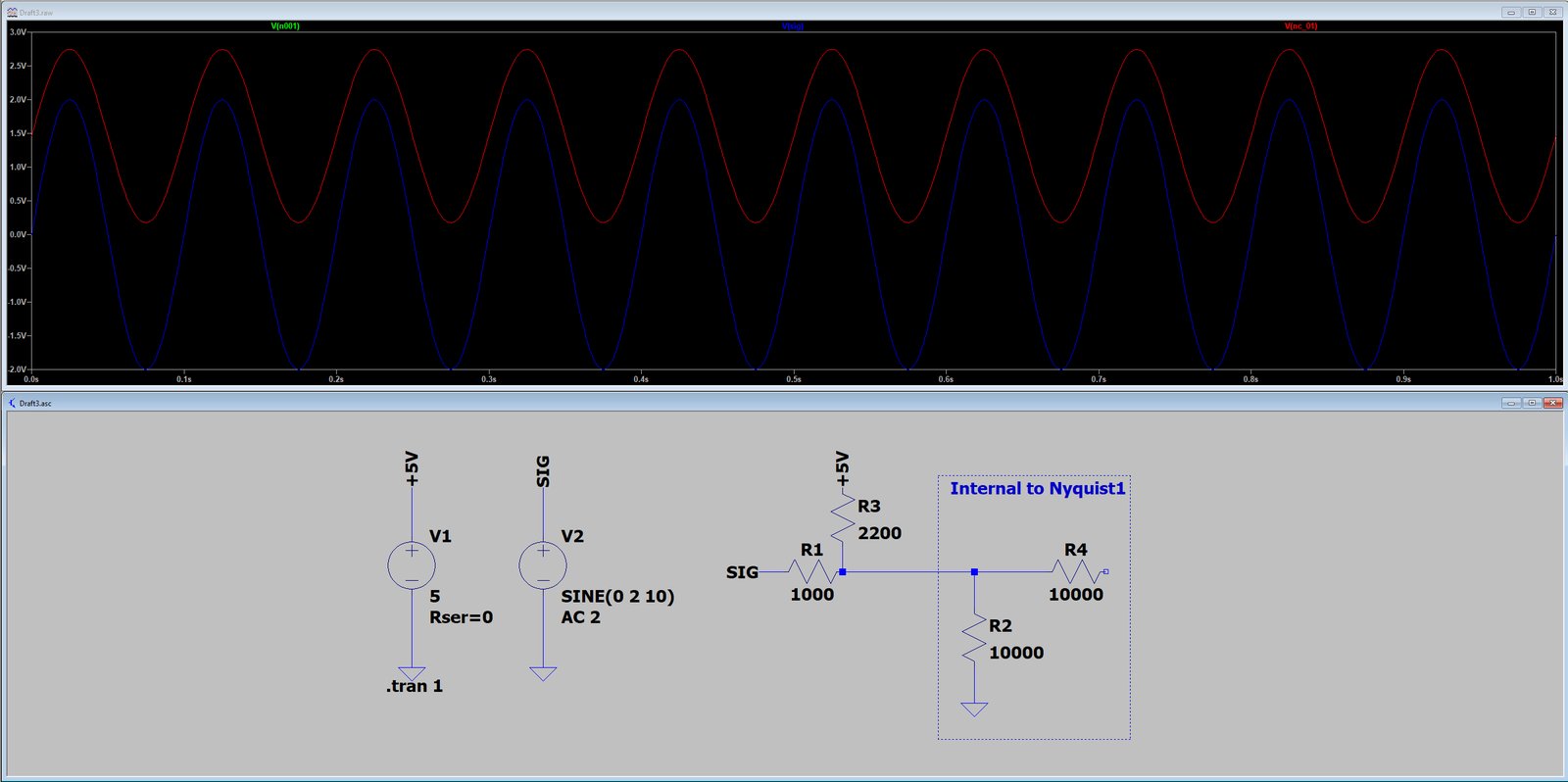Project update 6 of 10
We’ve Been Getting Questions - Here Are the Answers!
by Maria PontonesOur campaign has been around now for about five weeks and we are getting lots of great questions. We’d like to share some with you, so everyone has the benefit of the answers.
The statement at the end of your video, "Future Products will be interoperable" means a new hardware revision is coming down the line, or just that software upgrades will follow? And what does “interoperable” mean? Is it what is shown in the video connecting multiple devices, or is there something on top of that?
In this context, "interoperable" is meant to convey that "connecting multiple devices" will be a theme for all future hardware. If you buy a Nyquist 1 now, future versions or other DAQiFi hardware offerings will be able to work alongside the Nyquist 1.
What kind of data rates could one expect from Nyquist 1 in a real world WiFi environment?
We will be doing more extensive streaming tests in the weeks to come. We will publish our results as soon as we can!
Could you give me a rough outline on how well this will be suited for a high data rate (for example, 500 Hz, one channel only) 24/7 data logging operation? The power supply could stay plugged in, but data would need to be transmitted off the device via Wifi to a Linux server that also runs 24/7 on the local network. Rather than transmit in real time, it would be okay to buffer and then send the data (for example, the last hour packaged as one "file"). But of course real time would be great as well.
24/7 data logging is an intended use case for the DAQiFi platform. We’ve successfully tested long runs of data collection (36 hours or so) with all 16 channels streaming at 1000 Hz. We intend to stress test the system with longer runs in the future.
Note that packet loss can be an issue with WiFi. Depending on the severity of the interruption, this can disrupt a data stream. The device has the capability to buffer samples in RAM to some extent, but it could drop data if it cannot regain connectivity quickly. However, one channel transmitting at 500 Hz should be slow enough to recover from most typical spurious transmission issues with TCP re-transmits.
Is this device only wireless or will you have Ethernet capability?
We plan to implement Ethernet in future releases since it is key for reliability in certain applications.
What about Profi-Net?
This is a great option! We have intended all along to include the automation/instrumentation industry; in fact this is one of the reasons we started with SCPI as a basic control standard. There are some great open source Profi-Net resources and we intend to use them in the future.
In the case of using an SD card to collect 24/7 data from the device, what system limits do you see? (Other than of course the logging interruption of replacing the card.)
We plan to have some method to retrieve SD card data via USB/WiFi. In this case, you could log in to the SD card and periodically request data from the device. However, the device would likely need to pause data logging while transmitting stored SD data. For applications that can tolerate some brief periods of interruption, this could be a convenient method to retrieve data without having to physically remove SD cards.
Can Nyquist 1 drive relays?
The Nyquist 1 boards actually have provision for four mechanical or four solid state relays. Our DIOs are driven by the TI SN74LVC2G241 (50 mA max source/sink) with a TI TPD4E1U06 TVS for protection.
What other add-ons/upgrades are you thinking about?
A lot will depend on user feedback. Our existing boards do have expansion ports as well as a 0.1” header option which allows the Nyquist 1 to be placed on a larger carrier board to integrate other features.
Do you have suggestions for how to couple signals that are +/-2 V to the single-ended inputs? I’m guessing one could either just use the differential inputs OR bias the signal using a voltage divider and the 5 V reference on the DAQiFi unit.
If your signal source is differential, you can connect your signal negative to ground and positive to an analog input. Then the resulting reading would be 0-4 V in the DAQ.
If your signal source is low impedance, the voltage divider option would also work. Below is an option using 1 k ohm and 2.2 k ohm dividers. This setup used the 10 k ohm resistor to ground which is already inside the Nyquist 1.
